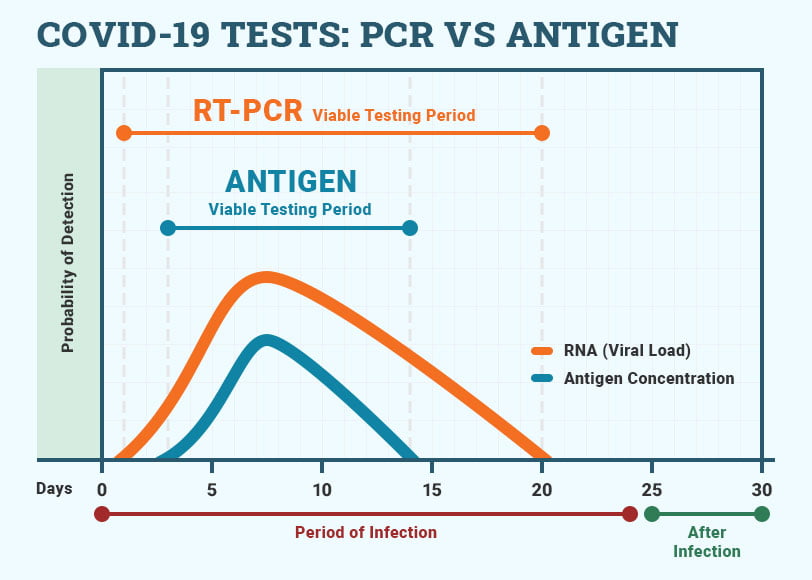May 11, 2022
In an article that appeared in Nature on May 5, 2022, the authors discuss a comparison of rapid antigen test (RAT) oral swab collection with rapid PCT (RT-PCR) on detection of SARS-CoV-2, but when we read through the article it is mainly more of a comparison of health care worker oral swab collection vs self-collection and vs and nasopharyngeal on RAT. In this cross-sectional study, they invited consecutive COVID-19 facility attendees at the Old Bhosari Hospital (OBH), Pune, above 18 years of age with symptoms of suspected SARS-CoV-2 infection or as asymptomatic high-risk contacts of COVID-19 cases. They collected health care worker administered oral swabs as well as self-collection for RAT and two nasopharyngeal swab specimens from each participant, one for RAT and the other for RT-PCR.
A total of 529 participants were enrolled in the study, 319 in Phase I where oral swabs were collected and 210 in phase 2 where oral swabs were self-collected. RAT results of oral swab were compared to RT-PCR and sensitivity, specificity, positive predictive value (PPV) and negative predictive value (NPV) with 95% confidence intervals (95% CI) were calculated. According to the authors, there was no statistically significant difference in RAT positivity with sample collection by health care workers and self-collection, p = 0.606. They then stated that of the 529 participants enrolled, 121 (22.8%) were RT-PCR positive. Among the RT-PCR positives, 62 (51.2%) were RAT positive using oral swab. When they compared this with RT-PCR, RAT with oral swab had sensitivity and specificity of 63.3 and 96.8% respectively among symptomatic individuals. Therefore according to the authors, no statistically significant difference was observed in RAT positivity with health care worker collection and self-collection, p = 0.606.
The authors then concluded that their study demonstrated moderate sensitivity of RAT with oral swab in symptomatic individuals. They also stated that oral swab was the preferred sampling by almost all participants in terms of convenience and comfort as compared to nasopharyngeal swab and that the oral swabs have utility for SARS-CoV-2 antigen detection among symptomatic individuals residing in remote rural areas but also that it could serve as an initial screening tool during COVID-19 spikes if cases rise exponentially and laboratory capacities for RT-PCR testing becomes overwhelmed. We assume that the authors did not compare the RAT directly to the RT-PCR on sensitivity since it is already known the that RT-PCR is far superior, but obviously this test takes longer and is less available to those in remote areas or to those in highly populated areas with higher density of cases. The statistics in the article are fairly basic so nothing really stood out about their results except that at times several p-values were unaccompanied by corresponding statistical test used. Also, in terms of sampling, this appeared to be more of a convenience sample than one with a priori planned random sampling so the generalizability of this study is not strong.
Written by,
Usha Govindarajulu
Keywords: COVID-19, rapid antigen, rapid PCR
References
Mane, A., Jain, S., Jain, A. et al. Diagnostic performance of oral swab specimen for SARS-CoV-2 detection with rapid point-of-care lateral flow antigen test. Sci Rep 12, 7355 (2022). https://doi.org/10.1038/s41598-022-11284-8. https://www.nature.com/articles/s41598-022-11284-8
https://safeworklaboratories.com.au/wp-content/uploads/2021/09/covid-19-tests-pcr-vs-antigen-test-period.jpg
